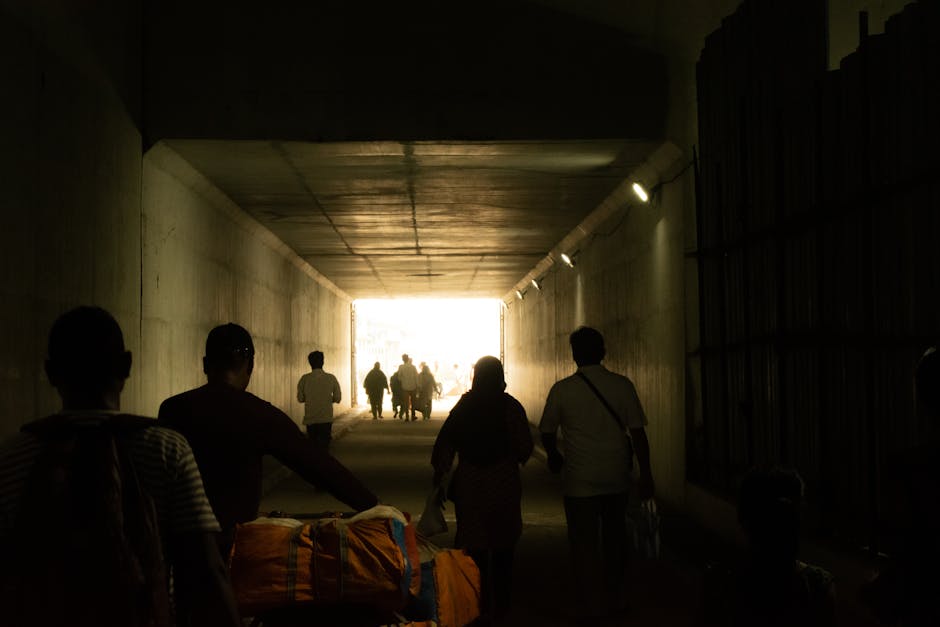< img src ="https://static.toiimg.com/thumb/msid-124737689,imgsize-291765,width-400,resizemode-4/india39s-renewable-energy-horizon.jpg" alt ="India’s green transition push: Nation leads South, Southeast Asia, says S&P Global; private funding, policy push key drivers" title="AI image" decoding="async" fetchpriority="high">
India has actually become the frontrunner in renewable resource development throughout South and Southeast Asia, surpassing coal and setting an example for the area, according to a current report by S&P Global Ratings.
According to news firm ANI, the research study kept in mind that India’s strong policy structure, advancing innovation adoption and robust personal financial investment are sustaining its shift towards green energy.The report on the energy shift in South and Southeast Asia discovered that India’s sustainable capability additions have actually been substantial, putting it ahead of local peers such as Indonesia, Vietnam, and the Philippines. While these nations have actually set enthusiastic targets, S&P Global Ratings warned that lots of threat failing due to facilities and funding difficulties.
“A bigger scale of execution, larger hybrid jobs, increasing storage tenders and robust economic sector financing will likely drive these gains,” the report specified.In India’s case, regulative assistance, an enhancing grid network, and a favorable financing environment have actually played a critical function. “India leads its peers due to low-priced renewables (with storage) and a fully grown competitive-bidding structure,” the report kept in mind, highlighting that the nation is seeing a stable increase in storage-based tenders, consisting of battery tasks that will improve eco-friendly combination.
The report included that while India’s sustainable momentum is strong, other local gamers are leaning more on gas as a transitional fuel.“Outside India, we presume nations in South and Southeast Asia will rely more greatly on nonrenewable fuel sources over the next 5 years,” stated S&P Global Ratings credit expert Cheng Jia Ong, as estimated by ANI. The report cautioned that increasing reliance on imported LNG might expose these countries to cost volatility and facilities difficulties.Discussing funding, the firm observed that India’s eco-friendly market has actually grown with high personal financing involvement. On the other hand, Indonesia and Vietnam continue to deal with financing spaces and minimal private-sector engagement.India’s sustainable growth stays on track, with the nation including 35 GW of brand-new capability in the very first 9 months of 2025. To accomplish its 2030 objective of 500 GW of non-fossil fuel capability, India should continue including a minimum of 50 GW every year.At COP26 in 2021, India dedicated to its “Panchamrit” objectives, that include attaining 500 GW of non-fossil energy capability, conference half of its energy need through renewables, cutting emissions by one billion tonnes by 2030 and reaching net-zero by 2070.The report hinted that the power sector represent almost half of South and Southeast Asia’s carbon emissions. With the area forecasted to represent 20 percent of international power need by 2050, up from 15 percent presently, the speed of India’s green energy shift stands apart as a design of consistent development backed by strong policy and financial investment assistance.

